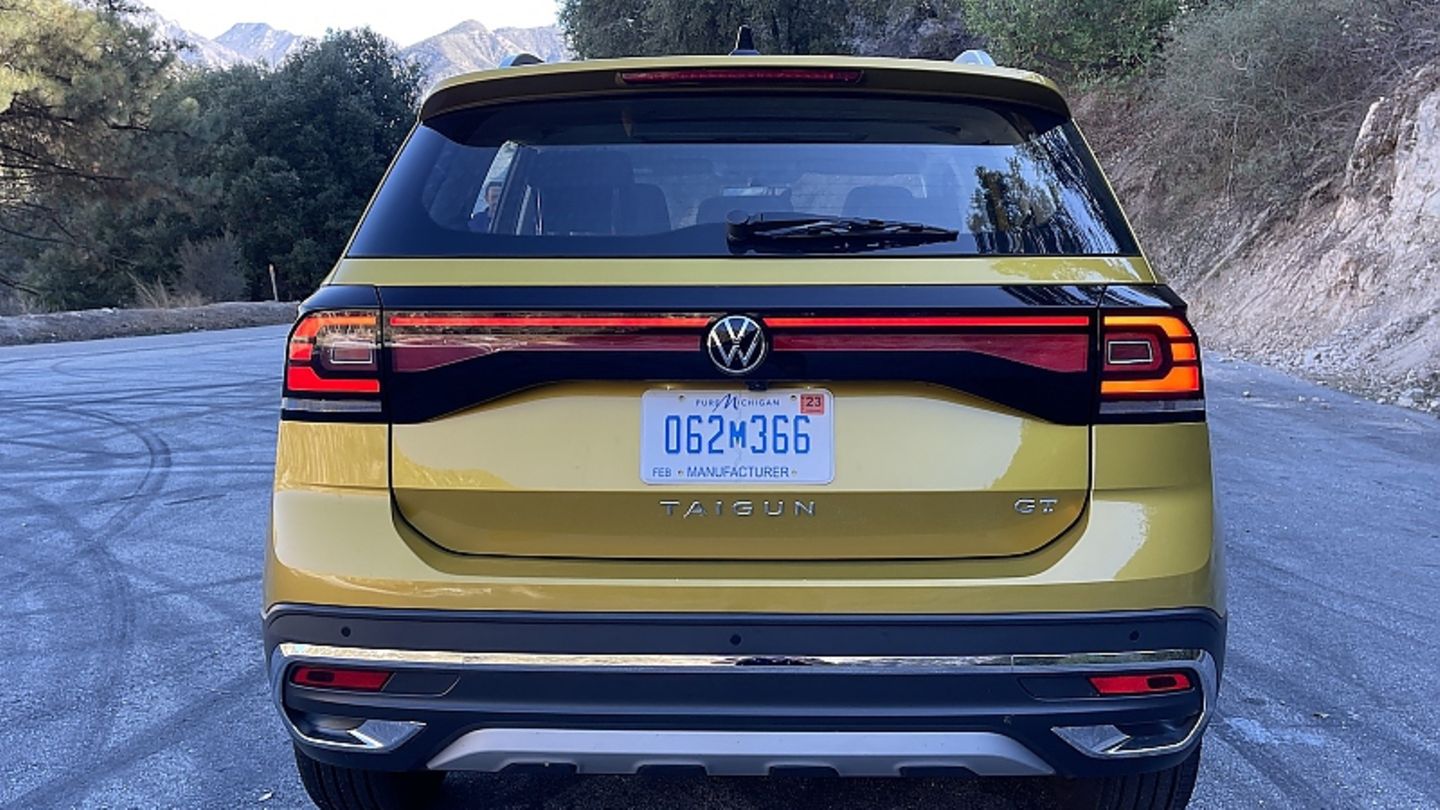As such, the VW Taigun was only intended for the South American market, but the Wolfsburg-based SUV’s entry-level model is now also attracting customers in India. We did an extensive tour with the new Indian – the Indians can be happy. The small crossover is already a mid-range model here – not just in terms of price.
For many years now, the supposed mass market of India has been on the verge of an automotive breakthrough. But not much positive has happened in the meantime and sales figures are still stagnating. Nevertheless, Volkswagen wants to play a significantly larger role in the emerging market with its two group brands VW and Skoda, because the market has been dominated by the three brands Suzuki-Maruti, Mahindra and Tata for years. Around 3.2 million new cars were sold in India in 2017, and the positive trend continued in 2018 with around 3.4 million units. But the renewed optimistic mood in the triangle between New Delhi, Mumbai and Chennai got a powerful damper, because the new registrations fell back to the level of 2016: around three million cars. The chances are gigantic, however, because in India there are currently just 30 cars for every 1,000 inhabitants – the global average is 155, in Germany even 557.
India remains a bet on the future; one reason why Volkswagen has high hopes of being able to take off in the coming years. This should be particularly successful with the VW Taigun. The Taigun itself is an old acquaintance, because the entry-level crossover has been stirring up the South American market for a decade and is particularly shining in Brazil. The in-house MQB A0 IN platform was specially adapted for India in order to achieve the ambitious target of a market share of five percent by 2025. The next two years will begin with the VW Taigun and the Skoda Vision IN, two compact SUVs that want to overtake competitors such as the Hyundai Creta and its brother Kia Seltos on the subcontinent. In addition to the top dogs Maruti-Suzuki, Tata and Mahindra, Renault with its Kwid, which costs just 3,000 euros, and the Korean carmaker are increasingly comfortable.
Visually, the 4.22 meter long VW Taigun presents itself in the style of the countless crossovers from Volkswagen as a twin of the VW T-Cross (4.11 m), from which it only differs significantly by the extended wheelbase of eleven centimeters. This creates significantly more space for the occupants in the rear, which is one of the most important reasons to buy in India, and pushes the Taigun up one class, which enables the higher prices. In India, there are often more people sitting in the second row than the officially admitted two or three people from a family. When it comes to the drive, the Indian customer can choose between the Taigun 1.0 TSI or 1.5 TSI. The basic model offers the all-too-well-known one-liter turbo three-cylinder with 85 kW / 115 PS. Like its twin, the Skoda Kushaq, the stronger brother offers four cylinders, 1.5 liter displacement and 110 kW / 150 PS / 250 Nm. The car is comfortable, but not softly tuned so as not to shake its occupants too much on the bad slopes in India. The steering is precise, but decidedly smooth – that’s how you like it on the gigantic subcontinent.
There is no all-wheel drive with both engine variants, but there is a corresponding bad-road chassis with almost 19 centimeters of ground clearance for the sometimes broken slopes away from the Indian metropolises. The turbocharged 1.5-liter engine is more than sporty for the small crossover in conjunction with the dual clutch transmission, because hardly anyone in this league needs these 150 hp – not even in India, where you spend a large part of the time in the city anyway Traffic is stuck. The top speed of over 180 km / h should therefore hardly be tested in the Indian reality on the highways between Mumbai and Pune or Hyderabad and Vijayawada, but with the stronger variant, the Taigun has a better chance of competing in the local SUV middle class. But for the long monotony in the constant traffic jam, the interior should be all the more homely and the Taigun – locally made in India – can definitely convince. Many consoles, door panels and dashboards are made of hard plastic, but the steering wheel, switches and controls are familiar from European models. Nobody else is more valuable in this league on the streets of Mumbai or Delhi. The driver also looks at animated eight-inch instruments and operates the various vehicle functions via the ten-inch touchscreen in the center of the dashboard. In addition, the top equipment includes comfort details such as automatic air conditioning, two USB ports, LED headlights, leather steering wheel and aluminum rims. The load volume is 385 liters, which can be significantly increased by folding down the 60:40 divisible rear seat if the second row is not occupied by people.
In the cheaper versions, one or the other equipment detail is left out, because after all, the Wolfsburg not only have to deal with the Kia Seltos or a Hyundai Creta, but also indirectly compete against competitors such as the Renault Triber, which costs just half the Taigun. But compared to some of its competitors, Volkswagen does not want to go for low prices alone. Among other things, there is the better equipped GT model of the Taigun, which offers partial leather and leather seats, a panoramic roof, aluminum pedals and two-tone paintwork, as well as 17-inch aluminum rims. The 115 hp basic version of the Taigun starts at 1,054,200 Indian rupees, which is the equivalent of 12,625 euros. When fully equipped, the Taigun 1.5 TSI GT costs more than 1,504,000 rupees, more than 18,000 euros – in India a lot of money for a crossover, which here at least officially runs in the middle class up to 4.35 meters. If it should be cheaper, there is still the similarly built sister model from Skoda called Kushaq.
Source From: Stern
I am a 24-year-old writer and journalist who has been working in the news industry for the past two years. I write primarily about market news, so if you’re looking for insights into what’s going on in the stock market or economic indicators, you’ve come to the right place. I also dabble in writing articles on lifestyle trends and pop culture news.




